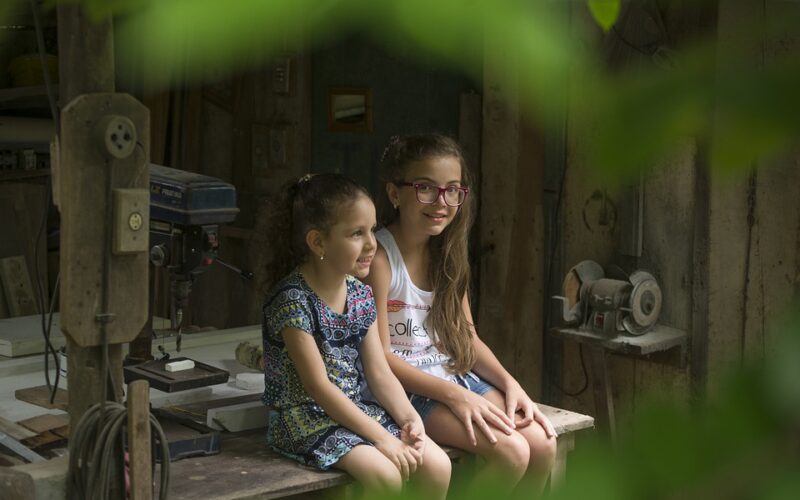Students learn a great deal about the physical world around them, and descriptions of it can be a fun way to help them define their environment.
For those just starting on their educational journey, it can help them remember important facts they will need to know in later years. Being able to qualify or quantify everything in their world is not always easy or possible, so there are areas where education professionals could use some assistance.
When it comes to describing feelings, finding a good way to do it may be during primary assemblies where students are ready to absorb new information from the adults around them.
Right or wrong
There are issues in the world where right or wrong are easy to define, and students tend to have little or no trouble learning them. They know early on in their educational career that speaking in class without permission is wrong, but answering when called upon is right.
These are easy concepts for some children, but others may need a bit of time to follow the rules. Even if they understand the concept, containing the information they wish to convey may take more discipline than they have learned. Being able to at least have them understand the difference is what will matter, and their skills at following the rules will follow eventually.
For young students, feelings are often an area where they believe there is a right or wrong, and they seldom know how to cope with them.
Creating definitions
When it comes to feelings, there really are no right or wrong ones. It is a difficult concept for even adults to learn, so children may struggle even more.
Some feelings project a negative in that they may not be pleasant, but feeling bad because a person did something wrong is actually a positive emotional response. While students in younger grades may not be able to accept that explanation, teaching them about basic feelings can be important.
Creating definitions for feelings could be done with assemblies Powerpoints that are available through Primary Works. Choosing colours for feelings and adding them to a drawing of each student could be a good way to get them started on learning how to define their emotions.
Using the definitions
When it comes to expressing emotions, many students in earlier grades have fairly basic ones.
The complexity comes in when they try to describe the situation that caused their feelings, or they may have no way to trace a particular feeling to a source. At least using the definitions they have been given can help them begin to sort through their experiences, and learning how to do it can be helpful well into their adult years.
Emotional content today can come from a great many sources, and it can be difficult for children to define how they feel. Giving them the tools they need to begin the sorting process is one way to help them advance, and educators have been doing just that. Helping their youngsters define emotions is another way to help them learn about and understand their environment.




